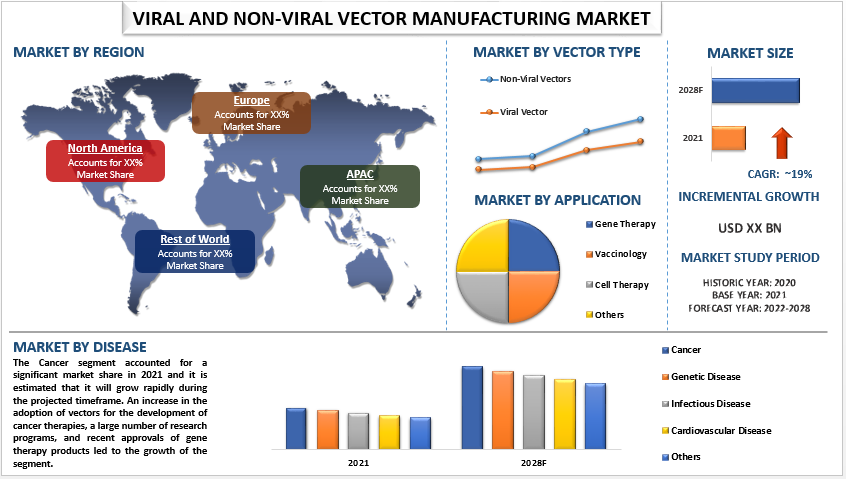
Viral vector and plasmid DNA testing services use various techniques to evaluate the quality, purity, and safety of gene therapy products. Here are some of the different techniques used:
PCR and qPCR: Polymerase chain reaction (PCR) and quantitative PCR (qPCR) are used to detect and quantify genetic material in samples, such as the presence of viral contaminants or to verify the integrity of the genetic material being delivered.
ELISA: Enzyme-linked immunosorbent assay (ELISA) is used to detect the presence of proteins in samples, such as the presence of viral capsids or other gene therapy product-related proteins.
Flow cytometry: Flow cytometry is used to evaluate cell populations, such as those that have been transfected with viral vectors or plasmid DNA.
Next-generation sequencing: Next-generation sequencing is used to detect the presence of viral contaminants or to detect mutations in the genetic material being delivered.
Cell-based assays: Cell-based assays are used to evaluate the biological activity of gene therapy products by measuring the expression of target genes or the effect on cell proliferation or viability.
Viral vector and plasmid DNA testing services are critical for ensuring the safety and efficacy of gene therapy products. They allow for accurate and comprehensive evaluation of gene therapy products and provide researchers with a range of tools to optimize gene delivery and editing.
quality control in viral vector and plasmid DNA testing services is essential for regulatory compliance. The FDA and other regulatory agencies require rigorous testing and documentation of the quality control procedures and results for gene therapy products. The regulatory agencies may reject the gene therapy products if the quality control tests fail to meet the standards or if the documentation is inadequate.
In conclusion, quality control in viral vector and plasmid DNA testing services is critical to ensuring the safety, efficacy, and regulatory compliance of gene therapy products. The quality control tests should be comprehensive, validated, and documented to meet the regulatory requirements and standards. The quality control procedures should be integrated into the entire process of gene therapy development, from vector design and production to clinical trials and commercialization.




























